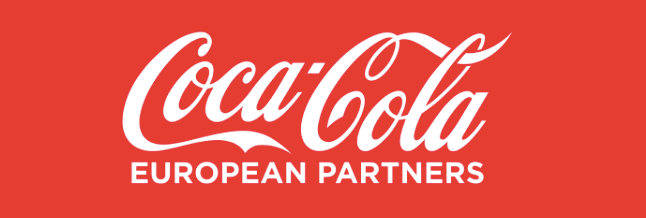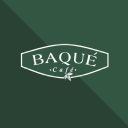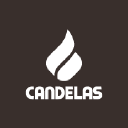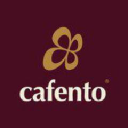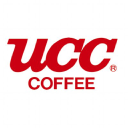Summary
to understand this market
Detailed content
 Inforamtion
Inforamtion
- Number of pages : 30 pages
- Format : Digital and PDF versions
- Last update : 08/06/2023
 Summary and extracts
Summary and extracts
1 Market overview
1.1 Definition and presentation
Coffee is the second most consumed beverage in the world after tea. Known for its bitterness, there are many types of coffee, depending on the variety (Arabica or Robusta) but also on the origin of the coffee beans and the type of processing to which they are subjected.
There is a strong distinction between coffee production and consumption on a global scale. Europe is the largest consumer market, followed by Asia and Oceania, the United States and South America. In terms of production, Brazil, Vietnam, Colombia and Indonesia represent the majority of world production.
Spain has a strong coffee processing industry in the decaffeinated and soluble coffee segments, in which it is the second largest European producer after Germany. In terms of consumption, Spaniards consume an average of 3.2 kilos of coffee per year, of which around 75% is consumed at home.
The covid-19 crisis has had a major impact on the sector with the closure of the HORECA channel, which has remained closed for much of 2020, and to a lesser extent in 2021. by contrast, coffee consumption at home grew by 9.13% in 2020 compared to the previous year, peaking at +22.9% in the period from March to June. The year 2021, however, marked a break from the previous year, with a recovery in out-of-home consumption. Capsule sales grew strongly, mainly at the expense of soluble coffee and blended coffee sales.
1.2 Le Marché mondial
En ****, le marché mondial du café était estimé à **,* milliards de dollars. Avec un taux de croissance annuel moyen estimé à *,**% pour la période ****-****, le marché devrait atteindre la valeur de ***,** milliards de dollars en ****.
Evolution du marché mondial de café Monde, ****-****, milliards de dollars Source: ****
L'Amérique du sud ...
1.3 Le marché national
Entre **** et ****, le chiffre d'affaires du secteur de la fabrication de café, thé et infusions en Espagne a connu une croissance globale. En ****, le chiffre d'affaires était de *,*** milliards d'euros, puis il a augmenté à *,*** milliards d'euros en ****, soit une évolution de *,**%. En ****, le chiffre d'affaires a atteint *,*** milliards d'euros, marquant une ...
1.4 Importations et exportations
La classification HS des Nations Unies, nous permet de connaitre la valeur du commerce extérieur espagnol vis-à-vis du café. Pour cela, nous regarderons la valeur des échanges associés au code HS **** " Café, même torréfié ou décaféiné ; coques et pelures ; succédanés du café ...
2 Demand analysis
2.1 Consumer typology
2.2 Consommation domestique de café
En ****, la consommation domestique de café en volume se répartissait de la manière suivante : le café torréfié représentait *,*%, le café naturel **%, le café mélangé **%, le café décaféiné **,*%, le café soluble **,*%, le succédané de café *,*% et les infusions *,*% de la consommation. Cette répartition ...
2.3 Consommation de café au travers de la HORECA
Au cours des trois dernières années, la consommation de café a connu des fluctuations entre les secteurs de l'alimentation et de la HORECA (***). En ****, **% de la consommation de café provenait de l'alimentation, tandis que **% provenait de la HORECA. En ****, la consommation de café dans l'alimentation a augmenté à hauteur de ...
3 Market structure
3.1 Chaine de valeur
Le processus de production du café est constitué de * étapes :
La récolte : La récolte consiste à récolter les fruits mûrs du caféier, que l’on appelle communément cerises pour leur couleur rouge orangé. Les périodes de cueillette peuvent durer plusieurs mois. En moyenne, on considère ...
3.2 Production
Entre **** et ****, le secteur de la fabrication de thé, de café et d'infusions en Espagne a connu une légère évolution dans le nombre d'entreprises. En ****, il y avait *** entreprises dans ce secteur, et ce chiffre est passé à *** en ****, soit une augmentation de *,*%. Cependant, en ****, le nombre d'entreprises a légèrement ...
3.3 Distribution
Secteur alimentaire :
En ****, la distribution de café en Espagne se répartit au travers de différents canaux. Les supermarchés représentent **,*% du volume total distribué, suivis des hypermarchés avec **,*%. Les magasins discount et les magasins traditionnels représentent respectivement **,*% et *,*% de la distribution. Les autres canaux, tels que ...
4 Offer analysis
4.1 Typologie des différents types de cafés
Cafés que l'on peut retrouver dans le secteur de la HORECA :
Source: ****
Variété de café
Source: ****
4.2 Variétés de café
Les différents variétés de cafés consommées en Espagne :
Entre **** et ****, la part des importations espagnoles de café a évolué entre les deux principales variétés cultivée dans le monde, l'arabica et le robusta. En ****, les importations de robusta représentaient **,*% du total, tandis que ...
4.3 Prix
Au cours de la période ****-****, on observe une tendance à la stagnation des prix du café en Espagne. Sur cette durée, l'indice n'augmente que d'*,** points. On constate cependant un hausse significative des prix au cours de l'année **** : l'indice augmente de **,** points.
Evolution de l'indice des prix industriels ...
4.5 Les Tendances de l'offre
Quelques tendances de l'offre :
Éthique et durabilité : Les consommateurs sont de plus en plus sensibles aux questions de durabilité économique, sociale et environnementale. Plus de la moitié des personnes interrogées dans une étude réalisée par GlobeScan intitulée "Fairtrade Consumer Insights" ont déclaré avoir changé leurs ...
5 Regulation
5.1 Cadre règlementaire
Il existe des normes internationales pour la production, le commerce et la consommation de café. L'accord international sur le café, conclu entre les ** membres du Conseil international du café en **** et entré en vigueur en ****, vise à promouvoir la coopération internationale sur le marché du café afin de développer une ...
6 Stakeholder positioning
6.1 Segmentation
- Starbucks coffe Deutschland
- Coca-Cola Groupe
- Nestlé Groupe
- Nespresso (Nestlé)
- Grupo Calidad Pascual Div. Café
- Grupo Nabeiro (Deltas cafés)
- Café baqué, S.L.U.
- Café Las candelas SL
- Grupo Cafento
- UCC coffee Spain, SLU
- Productos Solubles SA
- Seda Outspan Iberia SL
 List of charts
List of charts
- Consommation par tête de café en fonction de la classe sociale
- Consommation par tête de café en fonction de l'âge
- Consommation par tête de café en fonction du cycle de vie
- Consommation en volume de café
- Consommation en valeur de café
All our studies are available online in PDF format
Take a look at an example of our research on another market!
Latest news
Companies quoted in this study
This study contains a complete overview of the companies in the market, with the latest figures and news for each company. :
 Choosing this study means :
Choosing this study means :
Access to more than 35 hours of work
Our studies are the result of over 35 hours of research and analysis. Using our studies allows you to devote more time and added value to your projects.
Benefit from 6 years' experience and over 1,500 industry reports already produced
Our expertise enables us to produce comprehensive studies in all sectors, including niche and emerging markets.
Our know-how and methodology enable us to produce reports that offer unique value for money.
Access to several thousand articles and paid-for data
Businesscoot has access to all the paid economic press as well as exclusive databases to carry out its market research (over 30,000 articles and private sources).
To enhance our research, our analysts also use web indicators (semrush, trends, etc.) to identify market trends and company strategies. (Consult our paying sources)
Guaranteed support after your purchase
A team dedicated to after-sales service, to guarantee you a high level of satisfaction. +44 238 097 0676
A digital format designed for our users
Not only do you have access to a PDF, but also to a digital version designed for our customers. This version gives you access to sources, data in Excel format and graphics. The content of the study can therefore be easily retrieved and adapted for your specific needs.
 Our offers :
Our offers :
the coffee market | Spain
- What are the figures on the size and growth of the market?
- What is driving the growth of the market and its evolution?
- What is the positioning of companies in the value chain?
- Data from several dozen databases
5 reports pack (-15%) ES Spain
- 5 reports at €75.6 excluding VAT per study to choose from our Spanish catalogue for 12 months
- Save 15% on additional studies purchased
- Choose to be refunded any unused credit at the end of the 12-month period (duration of the pack)
See the terms and conditions of the pack and the refund of unused credit.
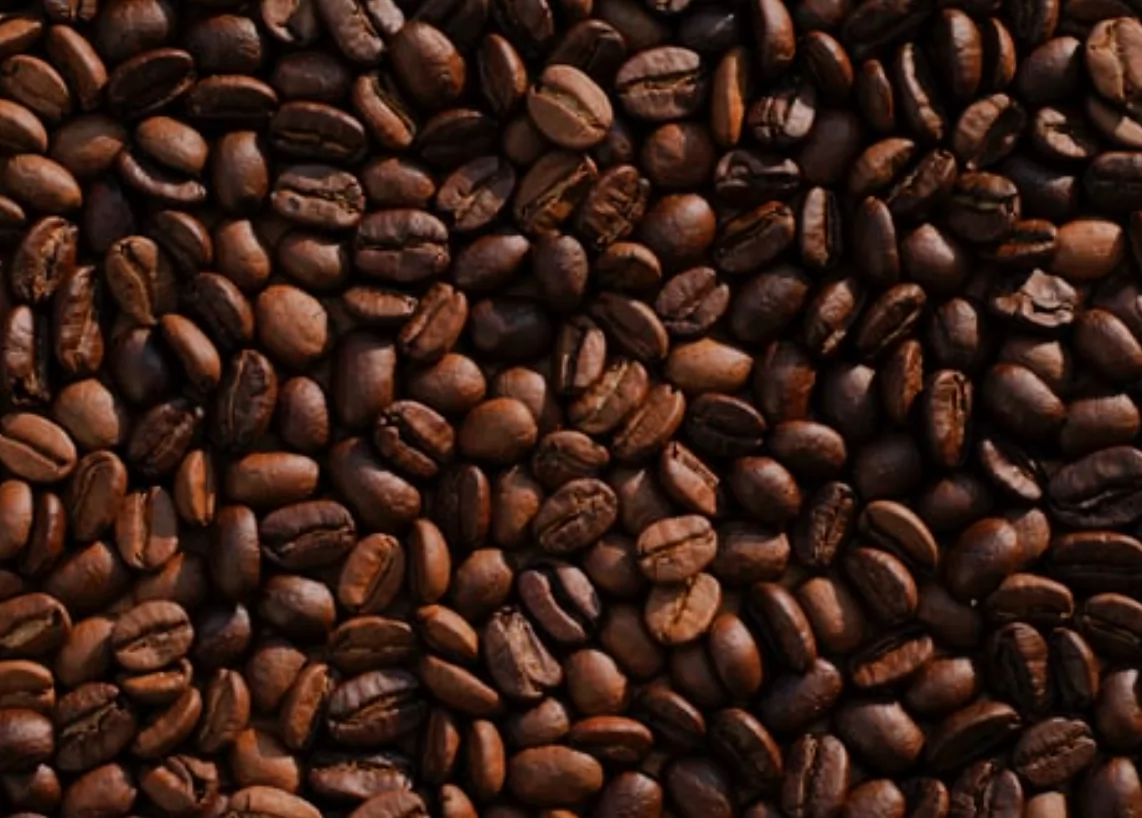





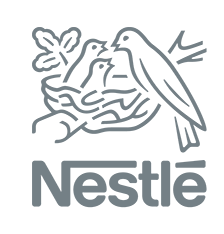 Nestlé sells its Natur baby food products to FNB - 06/02/2024
Nestlé sells its Natur baby food products to FNB - 06/02/2024
 Nespresso wants to make its coffee pods greener - 05/01/2024
Nespresso wants to make its coffee pods greener - 05/01/2024

